From coast to coast, America is home to some incredible and powerful wildlife. But alongside the beauty and biodiversity, there are creatures you’d probably rather not meet up close. Here’s a look at 15 of the most dangerous animals across different regions of the U.S., each with unique ways of keeping us on our toes.
1. American Alligator (Southeast)
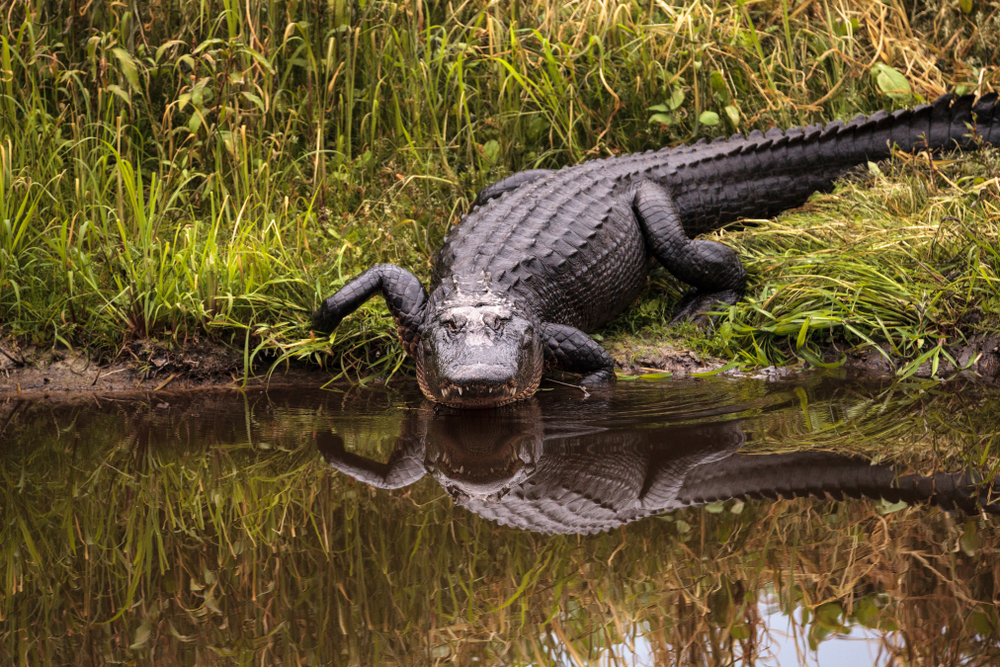
Found primarily in the swamps and wetlands of the Southeast, the American alligator is a fierce predator that can grow up to 15 feet long. While attacks on humans are rare, they’re known to be aggressive if provoked. With powerful jaws and a speed that surprises many, these gators are best admired from a safe distance.
2. Black Bear (Northeast, Appalachians)
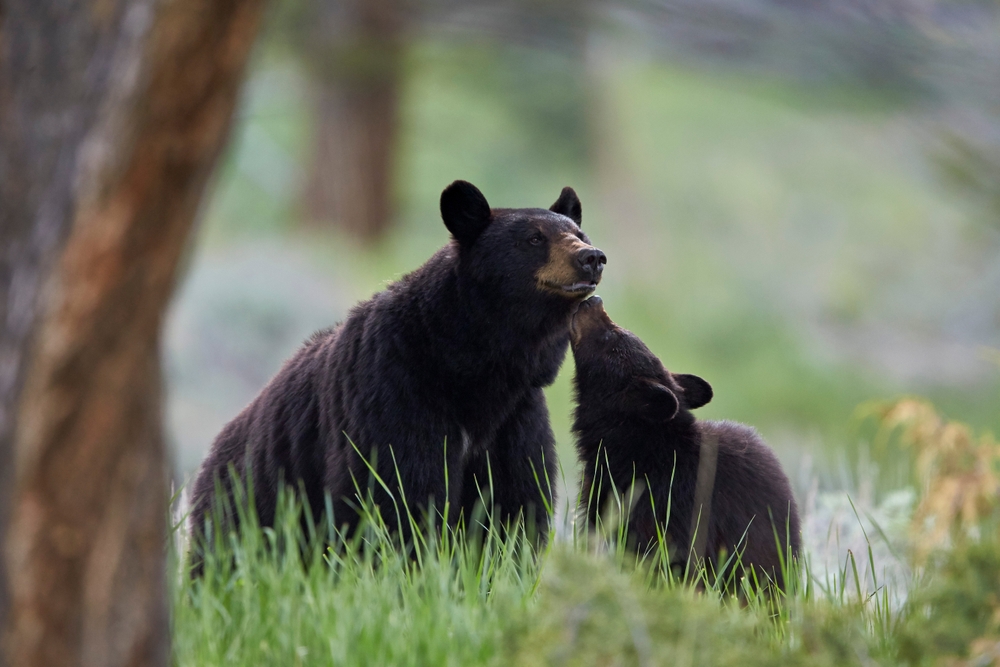
The black bear may seem less intimidating than its grizzly cousins, but it’s still a powerful animal. Found in the forests of the Northeast and Appalachians, black bears can be unpredictable, especially if they feel threatened or if a mother bear is protecting her cubs. Though generally shy, they’re a force to reckon with if cornered.
3. Mountain Lion (West, Rockies)
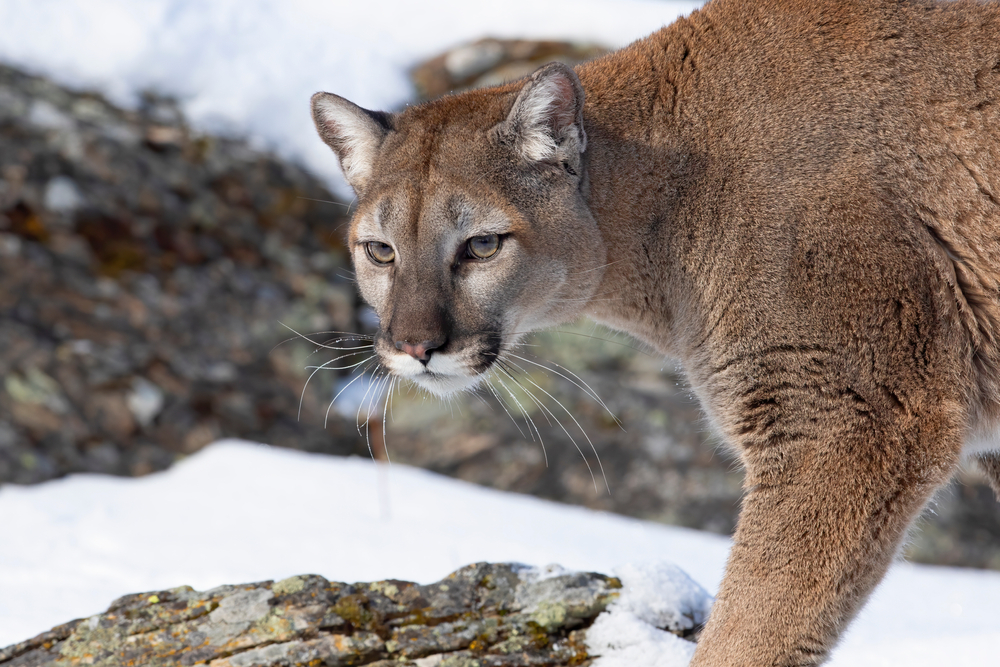
Mountain lions, also known as cougars, roam the mountainous regions of the West and Rockies. These big cats are solitary hunters and can take down prey much larger than themselves. While encounters with humans are rare, attacks can be deadly, making them one of the more fearsome animals in the American wilderness.
4. Cottonmouth Snake (South)
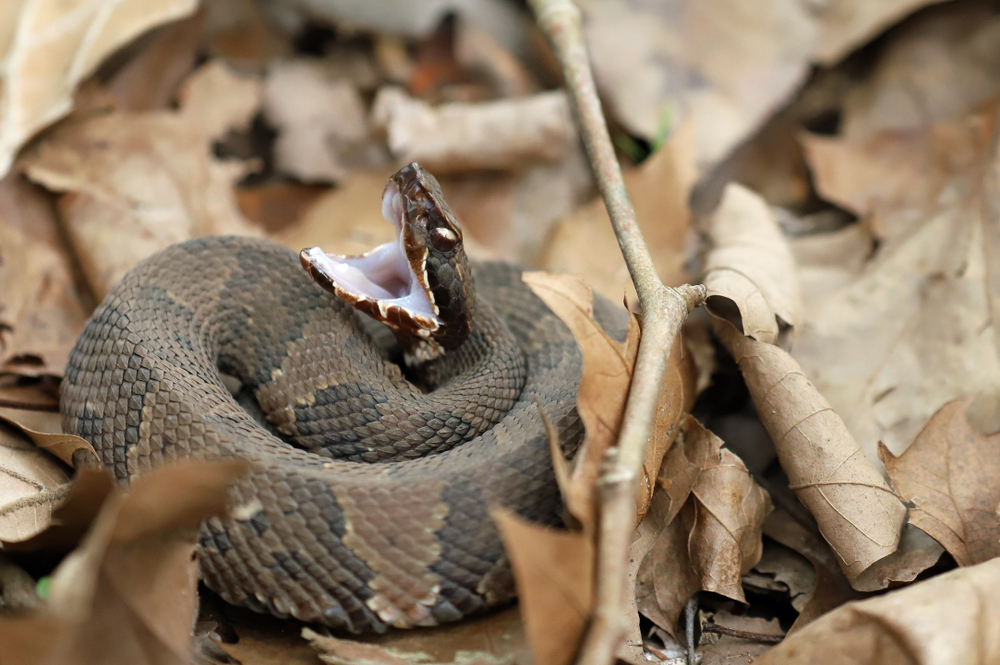
Also known as water moccasins, cottonmouths are venomous snakes that thrive in the warm, wet regions of the South. Known for their aggressive behavior and potent venom, a cottonmouth bite can lead to serious injury or even death if untreated. Their distinctive white “cotton” mouth serves as a warning, but they’re often found near water, making them a real hazard.
5. Grizzly Bear (Rockies, Pacific Northwest)
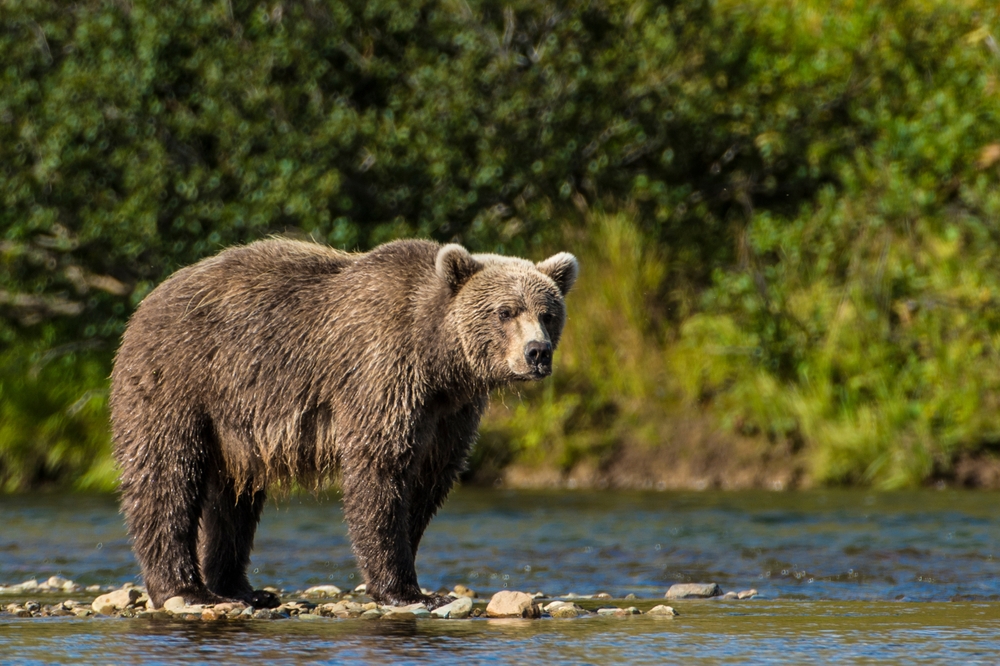
Grizzlies are some of North America’s most formidable animals, mainly in the Rockies and parts of the Pacific Northwest. Known for their massive size and strength, grizzlies can be highly territorial and dangerous if they feel threatened. Their powerful claws and unpredictable nature make them one of the most respected animals in the U.S.
6. Rattlesnake (West, Southwest)
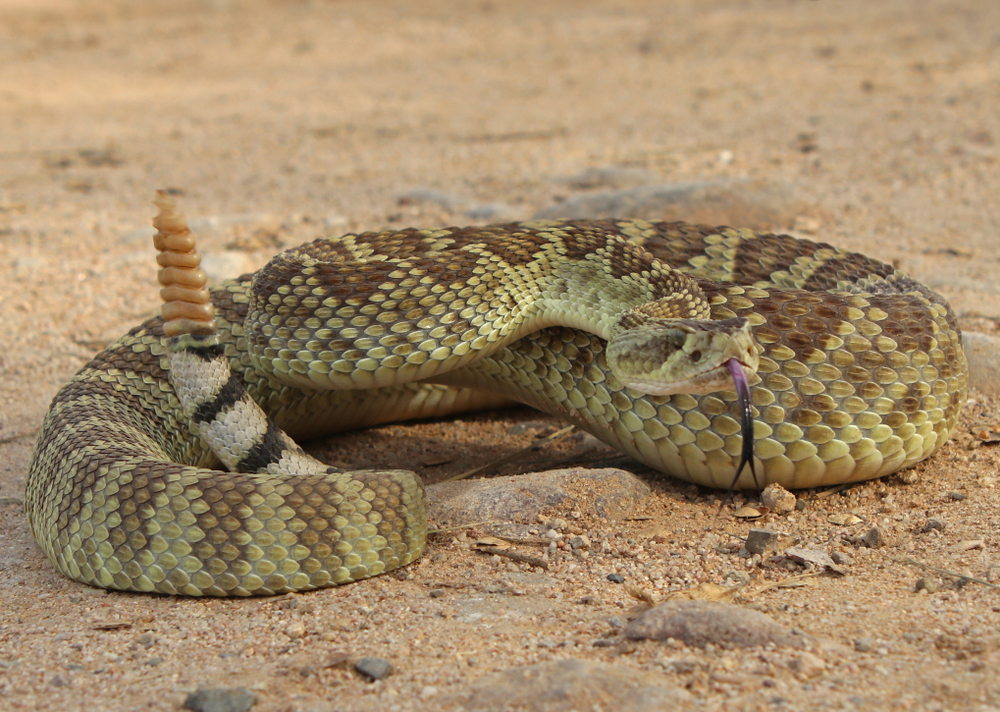
With more than 30 species across the U.S., rattlesnakes are especially common in the West and Southwest arid regions. Known for their distinctive rattle, these snakes deliver venomous bites that can cause severe pain, tissue damage, and even death. While bites are rarely fatal with treatment, giving them space is wise.
7. American Bison (Great Plains, Rockies)
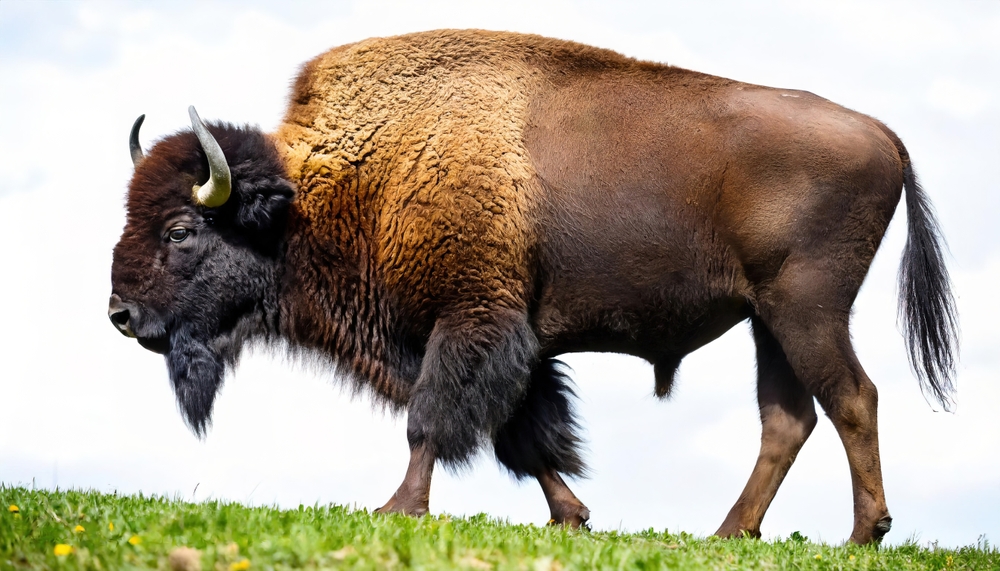
Bison may look peaceful as they graze, but these massive animals can weigh up to 2,000 pounds and reach speeds of 35 mph. Found in the Great Plains and the Rockies, bison have been known to charge when provoked. Their size and strength make them a force of nature, and they deserve their space in national parks and wilderness areas.
8. Bull Shark (Gulf Coast, East Coast)
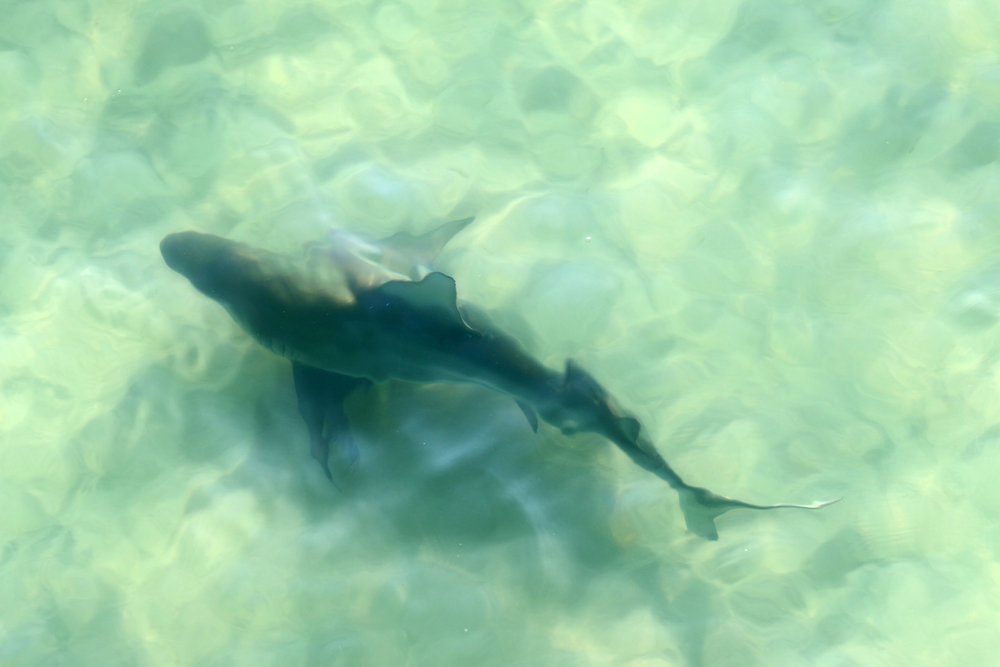
Bull sharks are unique in their ability to swim in salt and freshwater, making them one of the few sharks that venture into rivers and estuaries along the Gulf and East Coast. Known for their aggressive nature, bull sharks are responsible for many shark attacks. They’re powerful predators and can pose a real threat in shallow waters.
9. Brown Recluse Spider (Midwest, South)
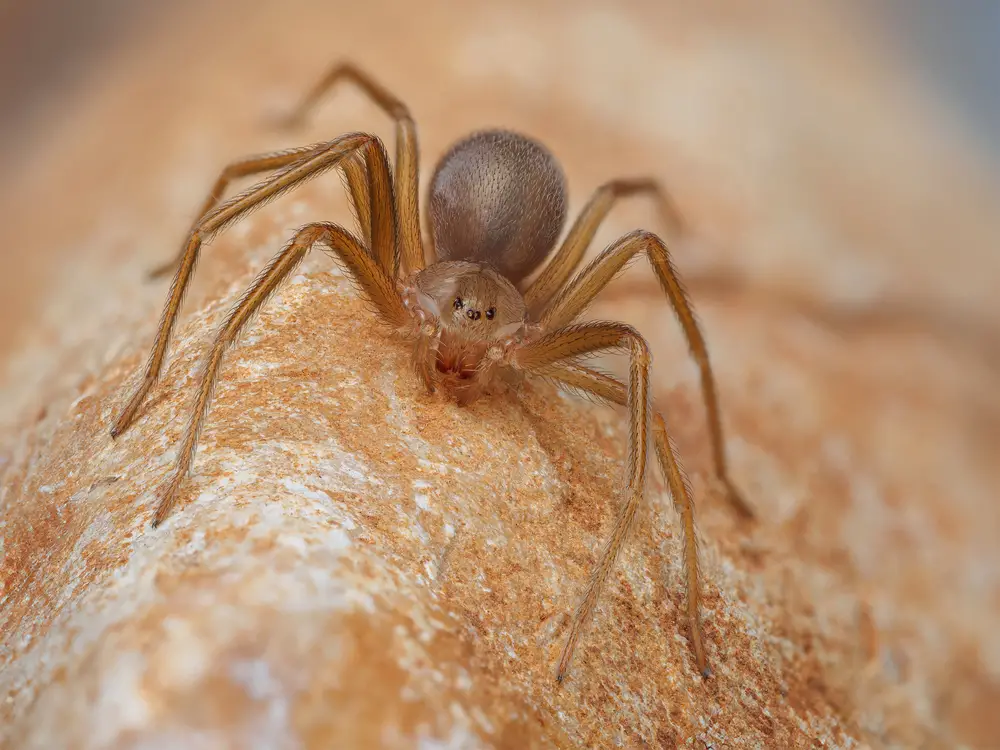
The brown recluse is a small but dangerous spider found in the Midwest and parts of the South. Its venomous bite can cause skin necrosis, intense pain, and other serious symptoms. Although these spiders are reclusive, preferring dark, undisturbed areas, their bites can lead to long-term health issues.
10. Wolves (Rockies, Northern Midwest)
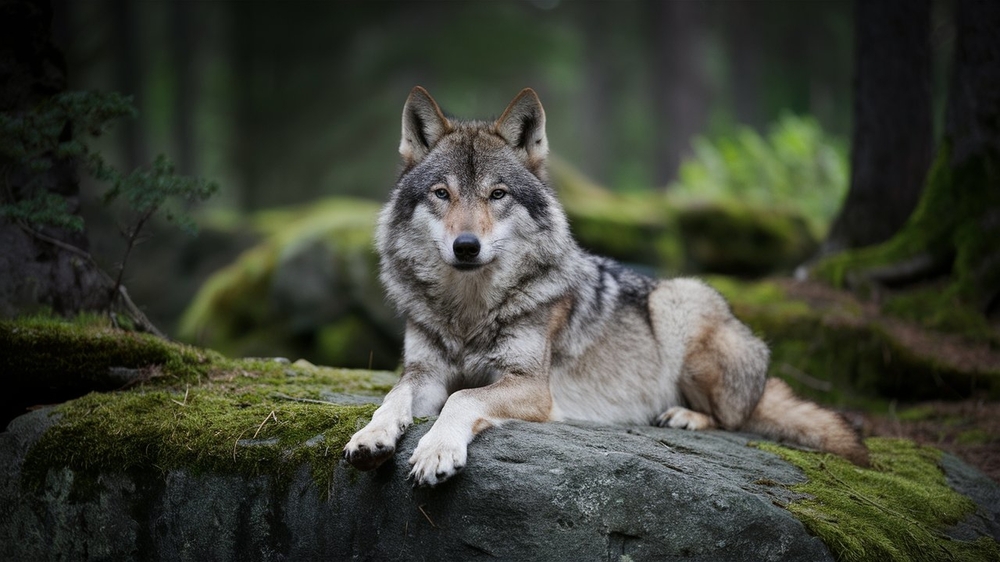
Wolves are apex predators found primarily in the Rockies and Northern Midwest. While they usually avoid humans, they’re powerful hunters with strong pack instincts. Wolf attacks are extremely rare, but these animals are skilled and formidable in the wild, and close encounters are best avoided.
11. American Moose (Northeast, Northern Rockies)
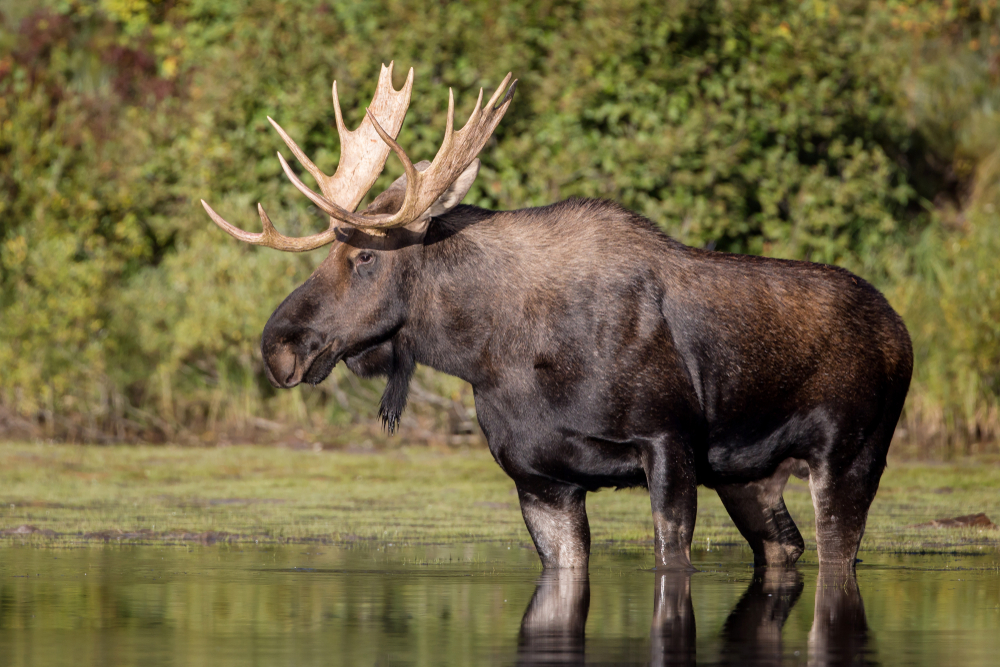
While moose may not look dangerous, they’re responsible for more attacks than bears in many areas. Found in the Northeast and Northern Rockies, these enormous animals can be aggressive, especially if they feel cornered or if a mother is protecting her young. With their size and surprising agility, a charging moose is a serious threat.
12. Great White Shark (West Coast, Northeast)
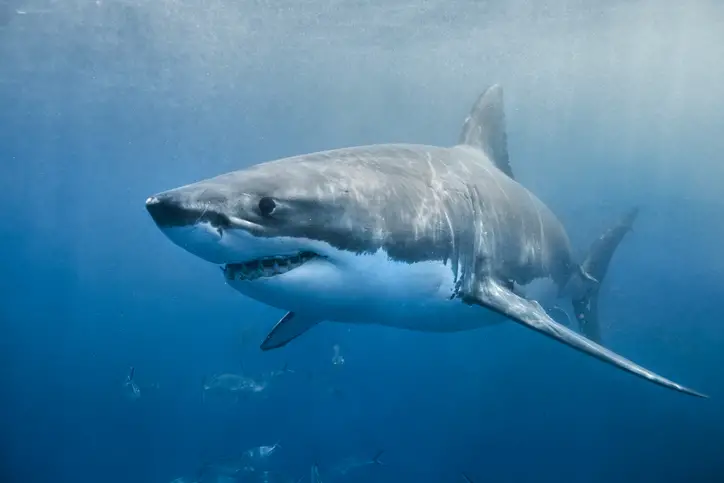
Great whites are iconic predators along the West Coast and in the waters off the Northeast. Known for their strength, size, and stealth, these sharks are the ultimate hunters. While shark attacks are rare, they’re often powerful enough to be fatal, making the great white one of the most feared animals in American waters.
13. Elk (Rockies, West)
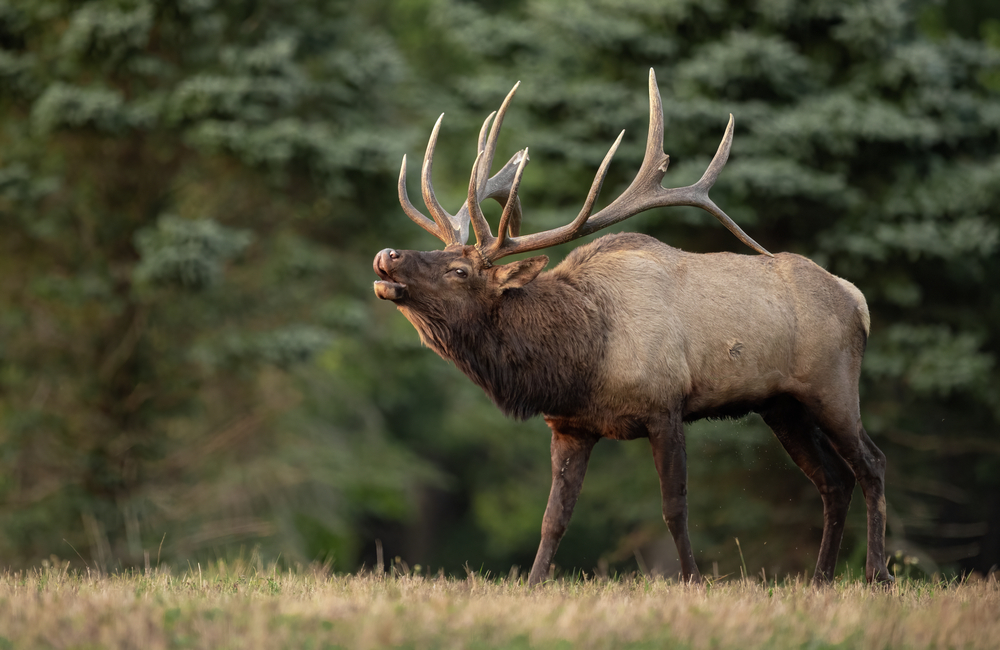
Elk are majestic animals, but they can become highly territorial during the fall mating season. Found throughout the Rockies and other western regions, male elk are known to charge anything that comes near, including humans. An agitated elk can be a real danger in the wilderness with their size, strength, and antlers.
14. Wild Boar (South, Southwest)
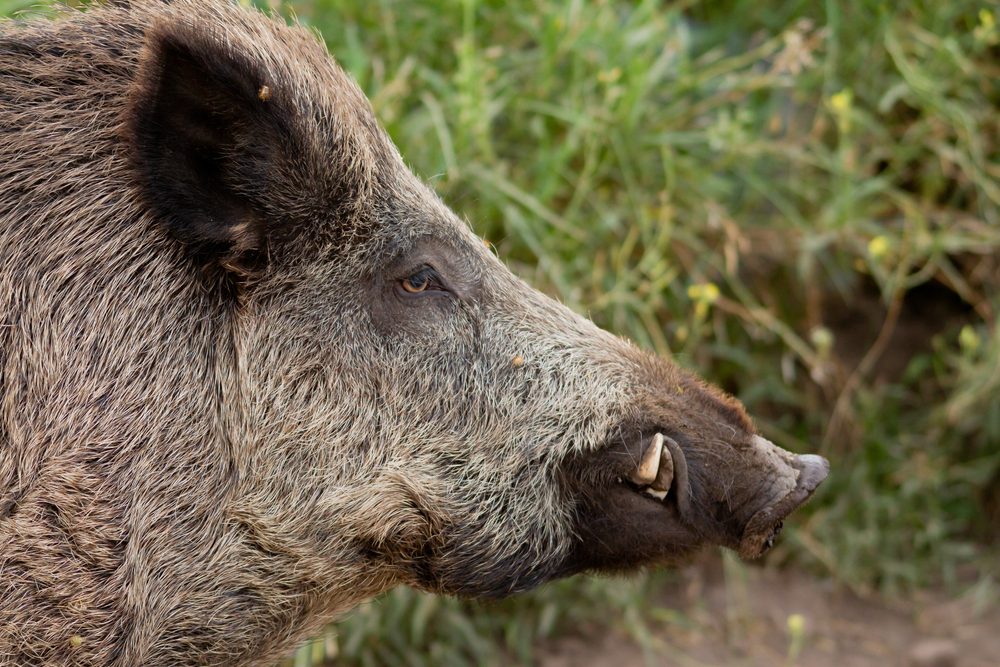
Wild boars are invasive and aggressive animals found mainly in the South and Southwest. With sharp tusks and a fearless attitude, they’re known to charge if threatened, and their powerful build makes them tough to stop. Wild boars can be highly destructive and pose a danger to people and animals alike.
15. Fire Ants (South)
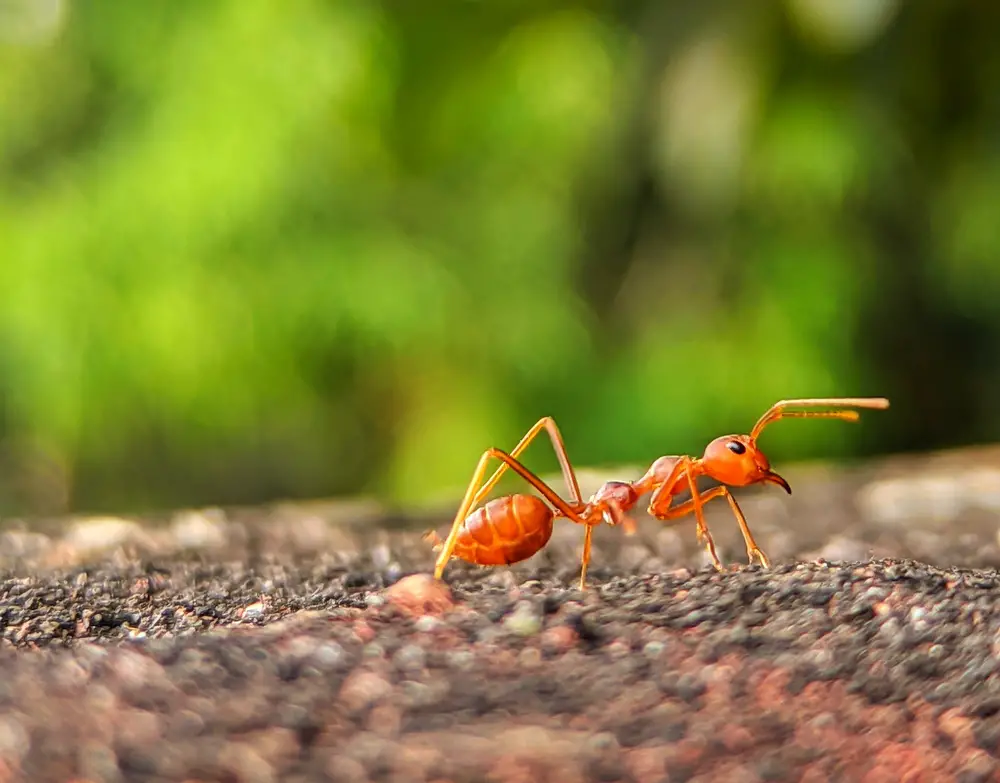
Fire ants may be small but notorious for their painful, venomous stings. Found primarily in the South, fire ants attack in swarms, with each ant stinging multiple times. Their bites cause intense pain, swelling, and, in some cases, allergic reactions that can be life-threatening. These tiny insects prove that size doesn’t always matter when it comes to danger.
